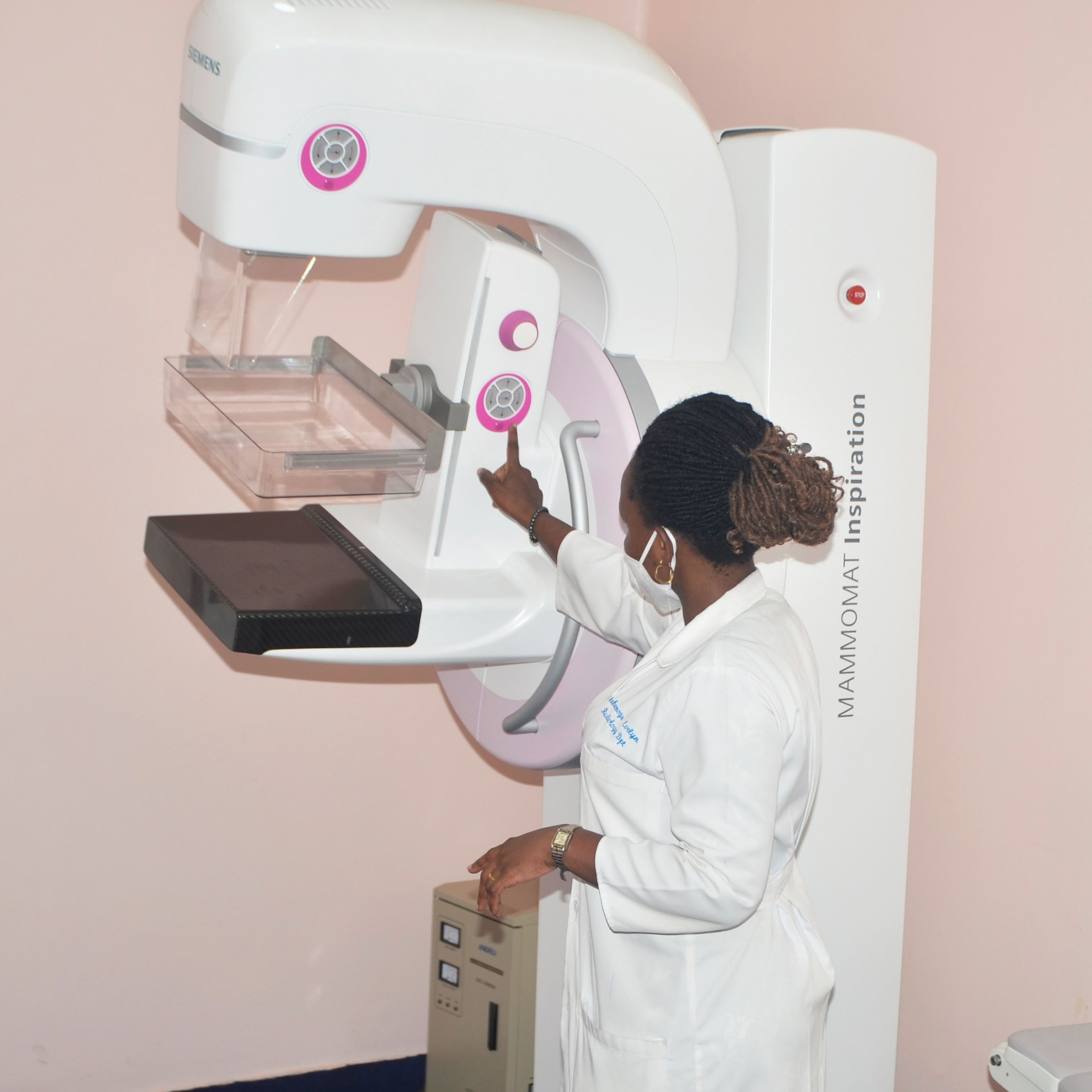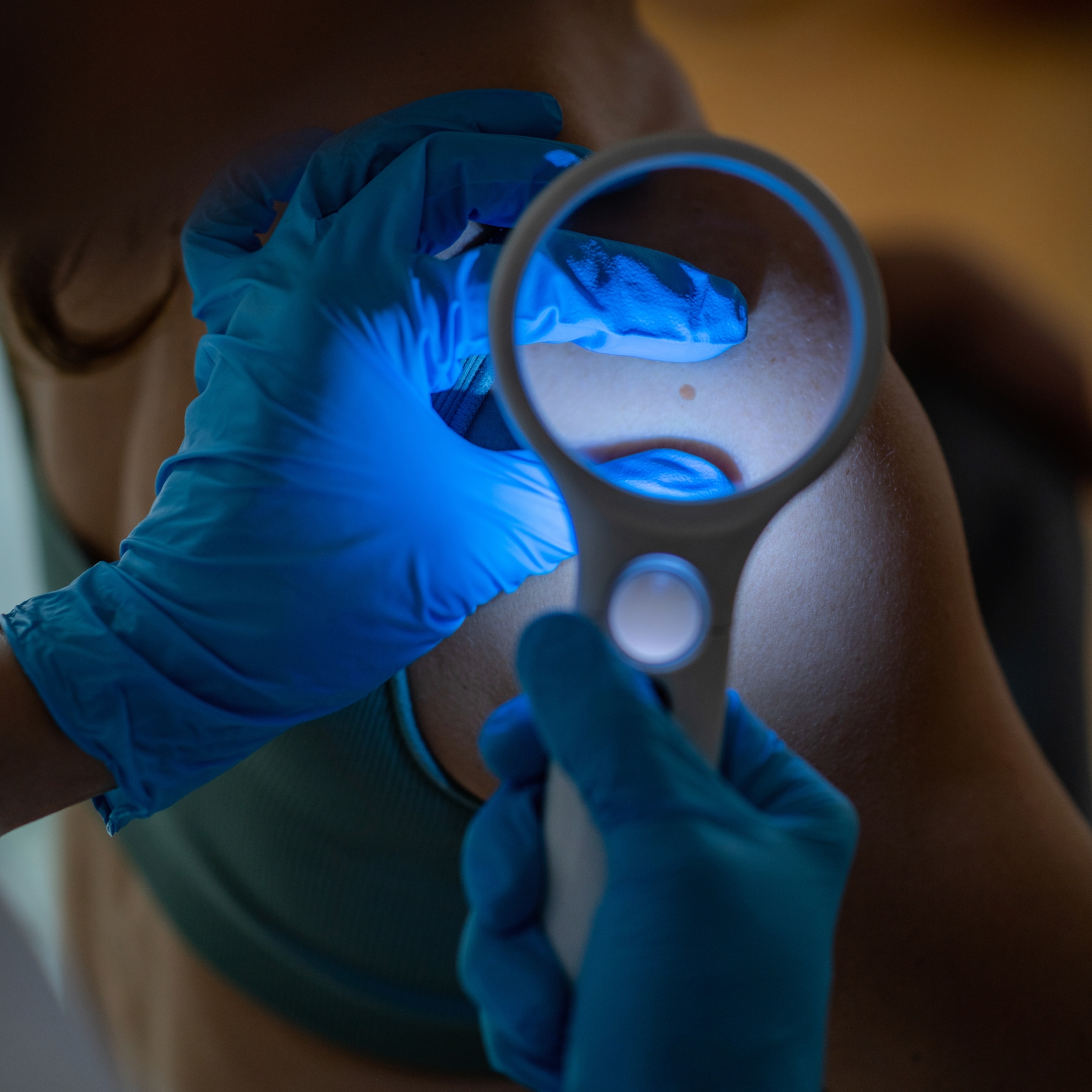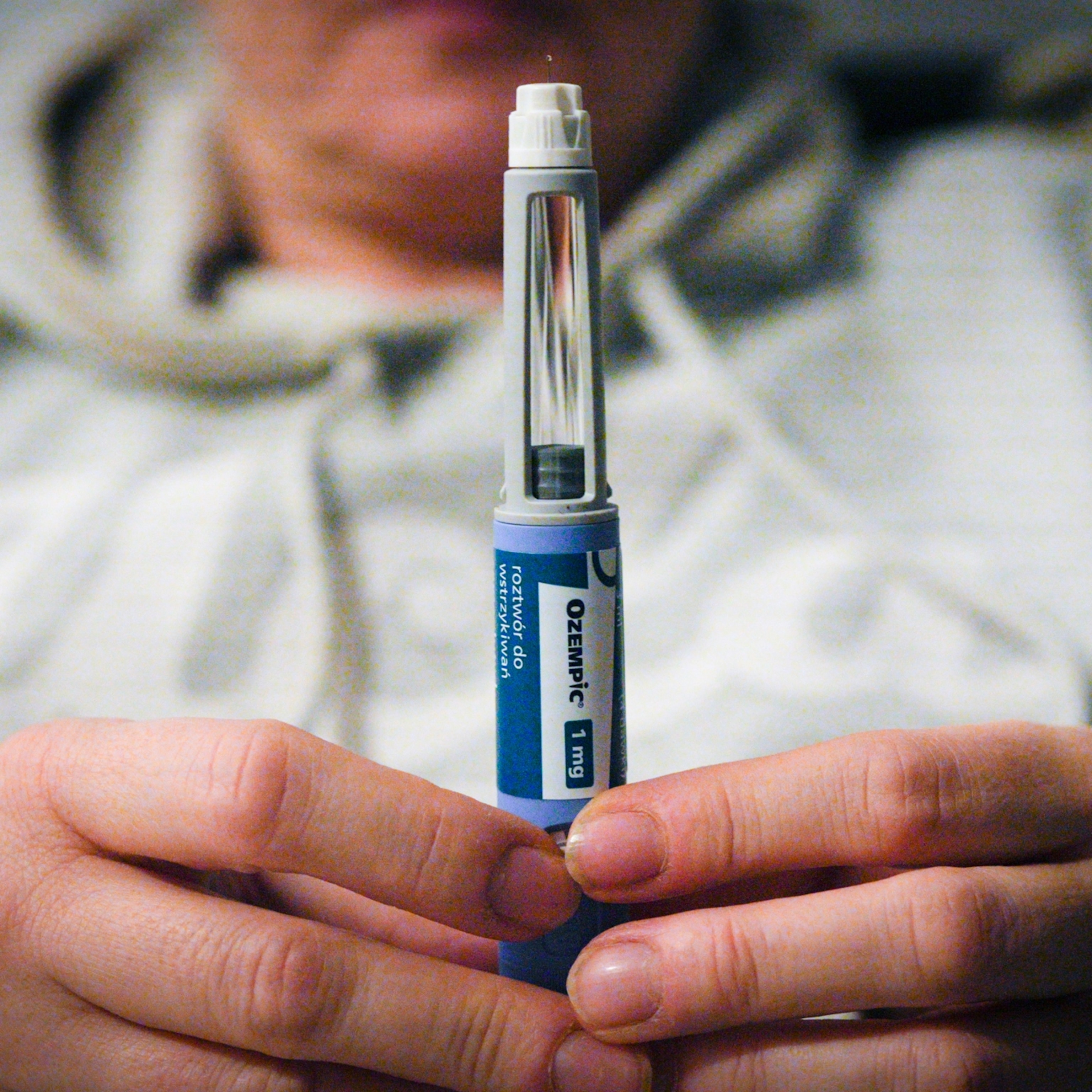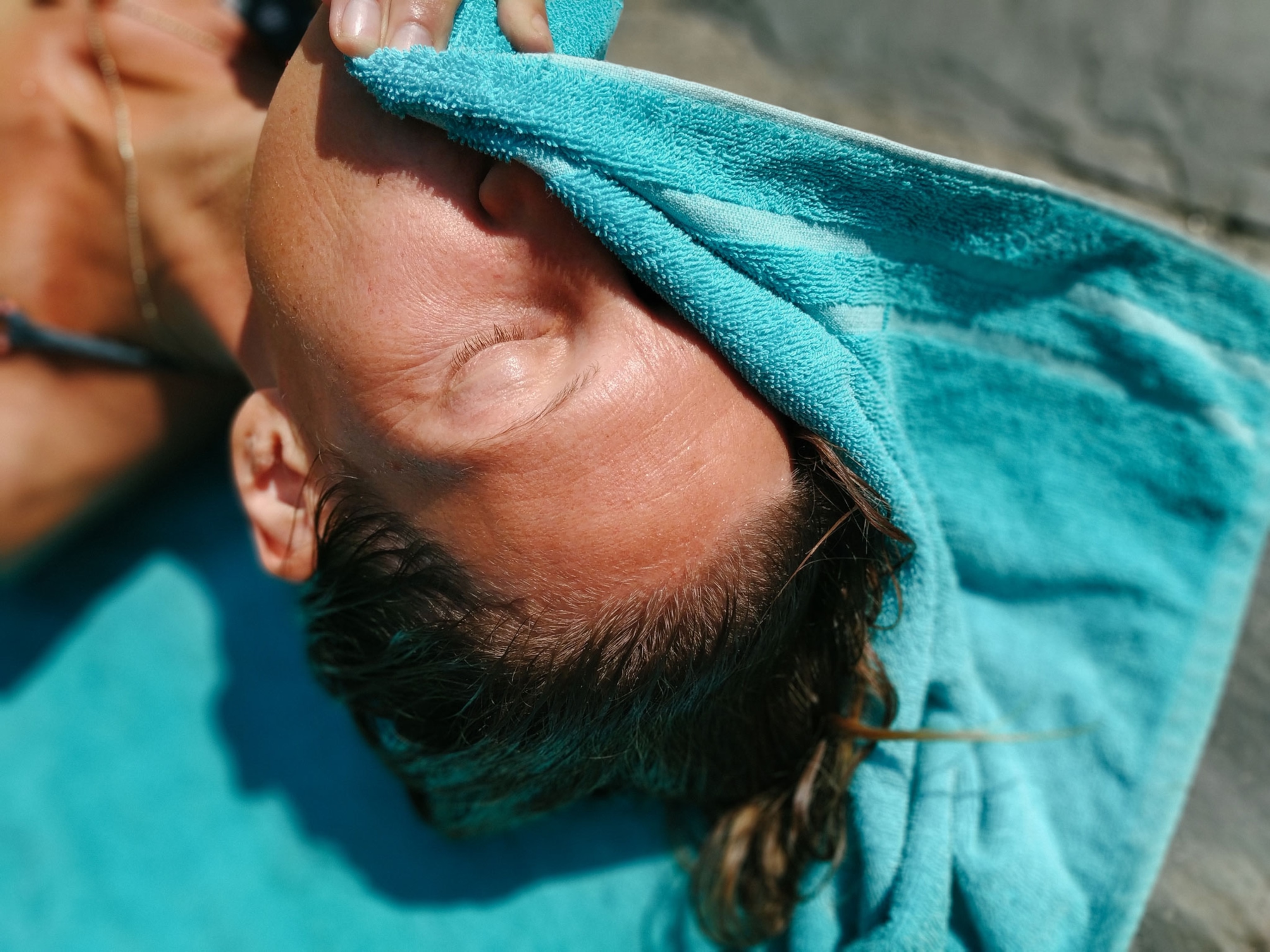You can get skin cancer in your eyes. Here are some other surprising places to check.
Late diagnosis could lead to more invasive treatment and more severe cases. The good news is it’s almost always possible to spot signs of skin cancer visually.
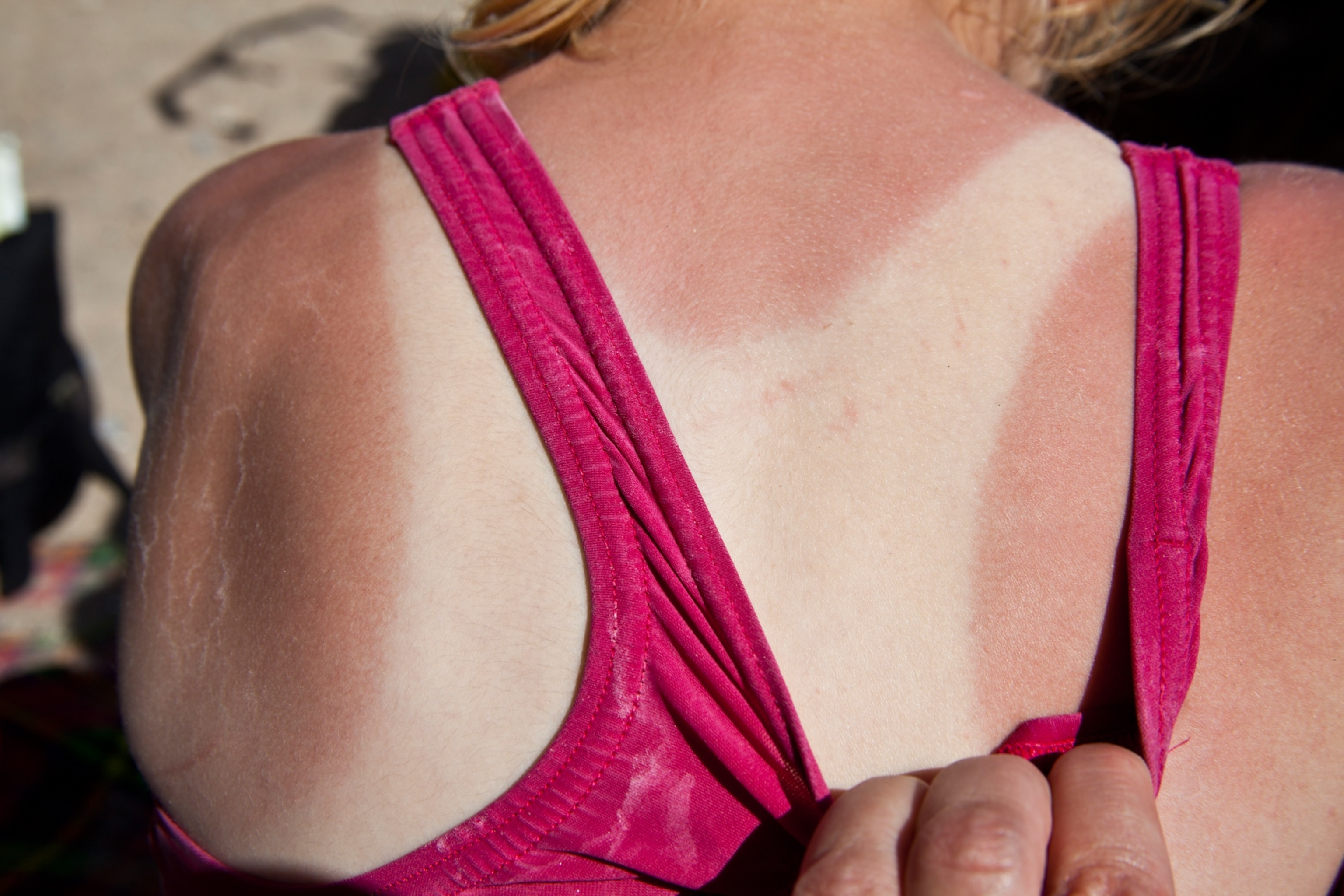
If you’ve ever had your skin checked by a dermatologist, you know the drill: Get ready for a survey that focuses on body parts you never even think about, much less expose to the sun. Though most associate skin cancer with sunbathing, tanning beds, and botched sunscreen application, it turns out that plenty of skin cancers occur without the help of the sun and its potent UV rays.
“Skin cancer can be sneaky,” says Alix Charles, a board-certified dermatologist who practices in Hinsdale, Illinois. In fact, the worst cases of skin cancer often develop in areas where the sun doesn’t shine—places that, if missed, can lead to late diagnosis, more invasive treatment, and more severe cancer cases.
Here’s why dermatologists want you to redefine your relationship with the skin you’re in—especially its most secretive nooks and crannies.
What causes skin cancer?
Skin cancer can present in a variety of ways, most of which are associated with years of exposure to ultraviolet radiation from the sun. Though the they nonetheless blast Earth's surface, piercing our atmosphere and putting human skin at risk of cancer.
Most harmful UV radiation is received between the hours of 10 a.m. and 4 p.m., when the sky is at its brightest. But the human eye can’t detect UV rays, which have shorter wavelengths than visible light, and can damage skin even on cloudy days. Too much UV exposure is associated with the two most common forms of skin cancer, basal cell, and squamous cell carcinoma. Though genetics play a part in both common cancers, UV exposure doesn’t help—rather, it damages the DNA in skin cells, leading to a higher risk of mutations as the body attempts to repair the damage.
Aggressive skin cancer doesn’t always need sun
According to the American Academy of Dermatology, about 5.4 million cases of basal cell and squamous cell carcinoma are detected in the United States each year. But though severe cases of both cancers can be fatal, they’re far less dangerous than melanomas—an invasive form of skin cancer that isn’t always caused by exposure to UV rays. Melanomas are associated with out-of-control cell growth that occurs with a variety of genetic mutations.
Sometimes, this more invasive form of cancer can be brought on by intensive UV exposure, but inherited and acquired genetic mutations and weakened immune systems are also thought to contribute. And unlike its slow-growing counterparts, melanomas can spread, forming new tumors in other parts of the body as the aggressive cancer passes through the lymphatic system and bloodstream.
Unexpected skin cancer sites
Dermatologists like Charles say it’s critical to keep tabs on the health of your skin, even in less intuitive areas that don’t get a lot of sun.
“There’s almost always an opportunity to spot a skin cancer visually,” says Charles—even in places where most people wouldn’t think to check. Here are some prime culprits:
The fingernails and toenails: “The late, great Bob Marley died from a melanoma that started beneath his toenail,” says Charles. Known as subungual melanomas, cancers that form beneath nails most commonly present as dark, vertical brown-black streaks that present most often on the skin beneath the nail of the big toe, thumb, or index finger. Though relatively rare, these melanomas are the most common type of malignant melanoma among Black, Asian, and Hispanic patients.
The ears: Ears get lots of sun exposure. But they’re also home to shadier nooks and crannies that can easily hide both serious and severe cancers. Because of ears’ unique shape, however, it’s easy to miss skin cancers in ear crevasses, and late diagnosis is common among many patients.
The eyes: Though rare, some cases of skin cancer can actually develop inside the eye. Dark spots can appear on the iris or in the white of the eye, and skin cancer can also occur on the eyelid. Merkel cell carcinoma, a rare cancer of a specific type of cell in the skin’s top layer, usually presents as a small, firm lump on the eyelid. It’s one of the most aggressive types of cancer, with a 40 percent mortality rate and a high recurrence rate.
The genitals: It can be embarrassing to ask about a suspicious lesion in the groin area, but skin cancer can even occur in the skin that lines the vulva and penis or inside the vagina and cervix. “I had a patient once who was embarrassed to ask me to look at her genital region at a spot that was changing,” says Charles. “It turned out she had an atypical vulvar lesion that was skin cancer. Most women don’t think to check their own vulvar area, but skin cancer can happen there.” Though the sun doesn’t hit these sensitive areas, skin cancer formation there usually follows the course of more exposed regions, often involving mole-like lesions that change over time.
The feet: Skin cancer can happen on the soles of the feet, too, and the American Academy of Dermatologist warns that for people of African and Asian ethnicity, the feet and hands are the most common melanoma sites. Patients should check between their toes, on the soles of their feet and along the top and sides of each foot.
The scalp: You may slather sunscreen on your face when you go out, but are you neglecting the part of your hair? Big mistake, says Charles, who routinely spots skin cancers on his patients’ scalps. Though scalp melanoma is most common on patients with bald spots or thinning hair, it can also hide beneath thick hair. That’s why dermatologists recommend you make sure to hit your part with sunscreen before going outdoors.
The long list of counterintuitive skin cancer sites might feel alarming, but Charles says that between sharp-eyed friends and lovers and trained dermatologists, it’s surprisingly easy to spot most skin cancers.
“Give your give your significant other, your spouse, and your friends credit—they can literally watch your back,” he says. If you do notice a region of concern, reach out to a dermatologist as soon as possible. “The earlier a skin cancer is detected and treated, the better the prognosis, the smaller the scar, and the less chance the cancer has spread to a distant area,” says Charles.
When it’s time to seek help
To figure out if a spot on your skin should be cause for concern, the American Academy of Dermatologists recommends you follow the “ABCDE Rule.” If you have a spot that features asymmetry, a poorly defined border, varying color, a diameter larger than 6 mm, or that is evolving and changing over time, it’s time to call your doctor. If you have a family history of skin cancer, a history of frequent sunburns, or a light skin tone, you may want to schedule regular skin checks with a dermatologist.
But everyone should be checking their skin on a regular basis, says Charles—even those with darker skin tones. “If you’re not sure, it never hurts to see a dermatologist and have your risk assessed,” he says. Your doctor’s thoroughness may inspire you to keep better tabs on your body’s shadiest areas—just in case.
